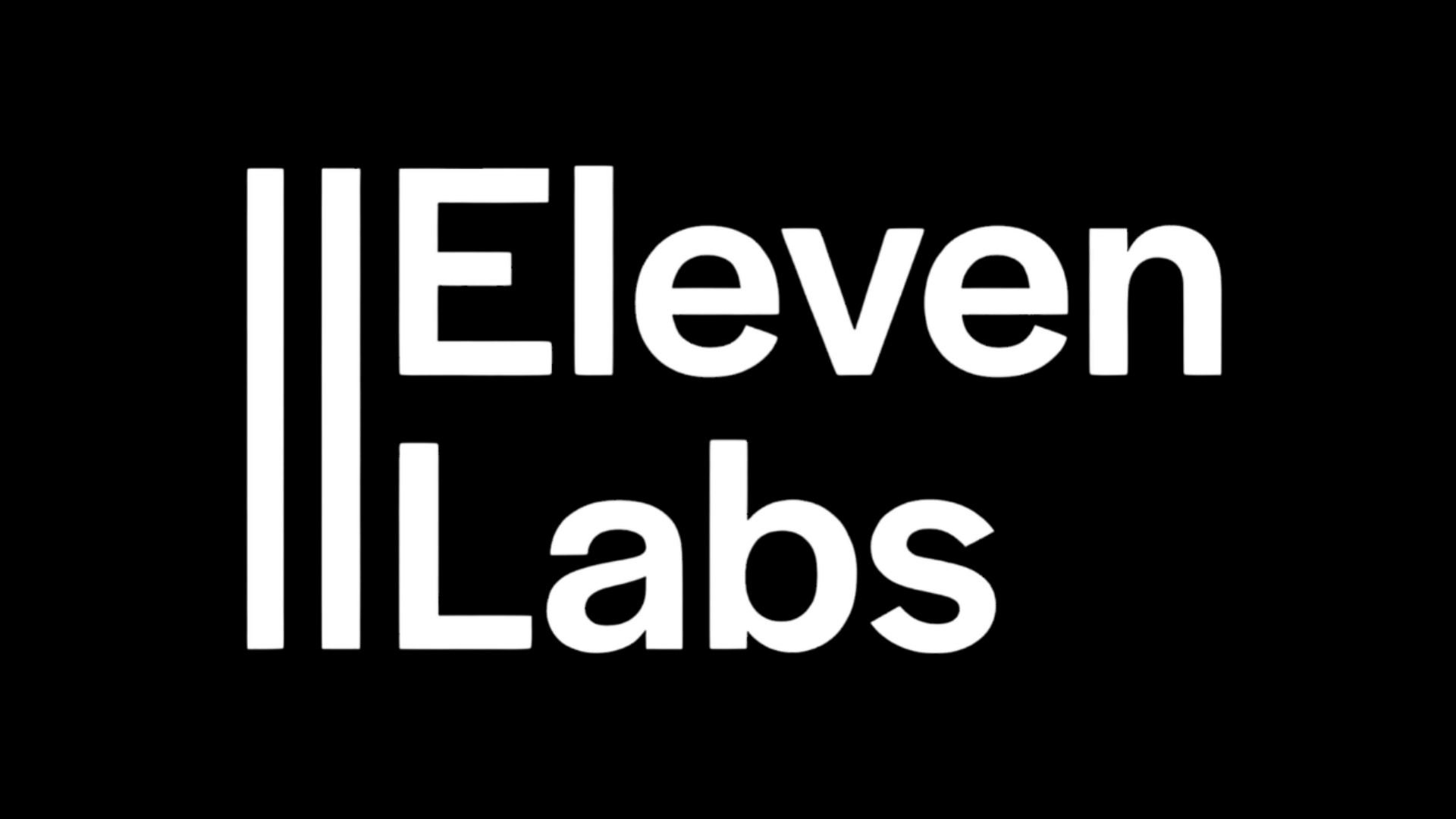

vercel and lovable - master these key features
In the ever-evolving landscape of web development and deployment, two names have consistently risen to prominence for their innovative approaches and developer-friendly ecosystems. Understanding the powerful synergy between Vercel and Lovable is essential for any modern developer or team looking to streamline their workflow, enhance performance, and deliver exceptional user experiences. This article will guide you through the key features of both platforms, illustrating how their integration can transform your development process.
What is Vercel and Why It Matters
Vercel is a cloud platform for static sites and serverless functions, designed to enable developers to build, scale, and secure web applications with unparalleled ease. Founded by the creators of Next.js, Vercel is built with the modern Jamstack architecture in mind, offering features like global edge network deployment, automatic SSL, and seamless Git integrations. It eliminates the traditional complexities associated with deployment, allowing teams to focus purely on building great products. For developers working in 2025, Vercel represents the gold standard in frontend deployment, providing instant cache invalidation, real-time previews for every commit, and robust analytics to monitor performance. Its commitment to a zero-configuration philosophy means that projects deployed on Vercel benefit from optimizations out of the box, making it an indispensable tool in the contemporary developer's toolkit.
Introducing Lovable and Its Role in Development
Lovable is an AI-powered platform that assists developers in creating, debugging, and optimizing code through intelligent suggestions and automation. It integrates directly into the development environment, offering real-time assistance that ranges from code completion to error resolution and even generating entire components based on natural language descriptions. In 2025, Lovable has evolved to understand context deeply, making it an invaluable partner for both novice and experienced programmers. By reducing boilerplate and catching potential issues early, it accelerates development cycles and improves code quality. When combined with a deployment platform like Vercel, Lovable ensures that the code being shipped is not only functional but also optimized for performance and maintainability, creating a holistic development experience from writing the first line to going live.
Key Integration Features Between Vercel and Lovable
The integration between Vercel and Lovable is where the magic truly happens, creating a seamless pipeline from code creation to deployment. Once you connect your Vercel project to Lovable, the AI can provide deployment-specific recommendations, such as optimizing serverless function configurations or suggesting improvements for edge caching strategies. For instance, Lovable might analyze your Next.js API routes and advise on splitting functions for better cold start times on Vercel's network. Additionally, Lovable can pre-validate your code against Vercel's deployment requirements, catching issues that could cause build failures before they even reach the Git repository. This proactive approach minimizes downtime and ensures that every commit is production-ready, embodying the best practices of continuous integration and deployment that define modern web development.
Optimizing Performance with Vercel and Lovable
Performance is a critical factor in user satisfaction and SEO, and the combination of Vercel and Lovable offers powerful tools to achieve top-tier results. Vercel's global edge network ensures that your content is served from the location closest to your users, drastically reducing latency. Lovable complements this by analyzing your codebase for performance bottlenecks, such as large JavaScript bundles or inefficient data fetching patterns, and suggesting optimizations like code splitting or adopting next-generation image formats. For example, Lovable might recommend implementing Incremental Static Regeneration (ISR) on Vercel for dynamic content that requires frequent updates without sacrificing speed. By following these AI-driven insights, developers can build applications that are not only fast but also scalable and resilient under traffic spikes, leveraging the full potential of the Vercel platform.
Enhancing Developer Experience and Productivity
The developer experience is at the heart of both Vercel and Lovable, with each platform designed to remove friction and foster creativity. Vercel's intuitive dashboard and CLI tools make deploying applications as simple as running a single command, while its integration with GitHub, GitLab, and Bitbucket allows for automatic deployments on every push. Lovable enhances this by acting as an intelligent assistant within your IDE, providing context-aware code snippets, documentation hints, and even generating tests to ensure robustness. This synergy allows developers to maintain a state of flow, reducing context switching and manual configuration. Teams can iterate faster, experiment with new features confidently, and maintain high code standards with less effort, ultimately leading to more innovative products and happier developers.
Real-World Use Cases and Practical Examples
To truly master Vercel and Lovable, it helps to see them in action. Consider an e-commerce site built with Next.js and deployed on Vercel. Lovable can assist in creating optimized product listing components, suggesting best practices for state management, and ensuring that all dynamic routes are properly configured for Vercel's serverless functions. During deployment, Vercel handles the scaling and global distribution automatically, while Lovable monitors the build logs for potential issues, offering fixes in real-time. Another example is a blog platform using markdown files; Lovable can generate the necessary GraphQL queries or API routes, and Vercel will pre-render the pages at the edge for instant loading. These practical applications demonstrate how the duo can handle diverse project requirements efficiently.
Security and Reliability Considerations
In today's digital environment, security and reliability are non-negotiable. Vercel provides built-in protection against common threats with automatic SSL, DDoS mitigation, and compliance with major security standards. Its serverless functions run in isolated environments, reducing the risk of vulnerabilities affecting the entire system. Lovable contributes by scanning code for security anti-patterns, such as vulnerable dependencies or potential injection points, and recommending secure alternatives. For instance, it might flag an unsafe eval usage and suggest a safer parsing library, or identify outdated packages that need updating. Together, they create a robust framework where applications are not only performant but also secure by design, giving developers and users peace of mind.
Future-Proofing Your Projects with Vercel and Lovable
As technology continues to advance, staying ahead of the curve is essential. Vercel consistently integrates the latest web standards and frameworks, ensuring that your projects benefit from innovations like edge computing, WebAssembly, and improved core web vitals. Lovable evolves alongside these trends, learning from vast datasets to provide up-to-date advice on emerging best practices. By adopting Vercel and Lovable, you future-proof your development workflow, ensuring that your applications remain competitive, maintainable, and aligned with industry evolution. This forward-thinking approach minimizes technical debt and maximizes adaptability, allowing you to pivot quickly in response to new opportunities or user demands.
Support our work by sharing on multiple social platforms. Join our community







